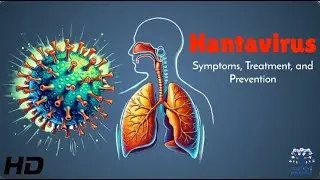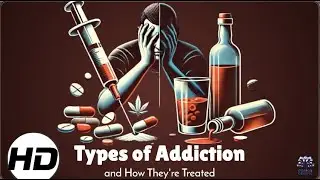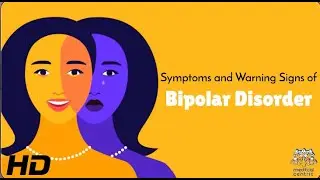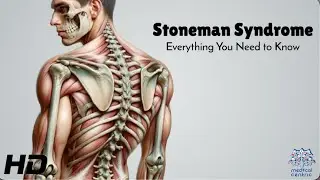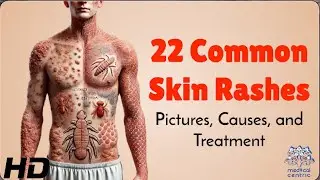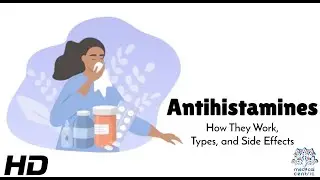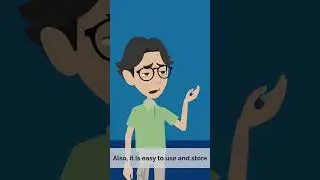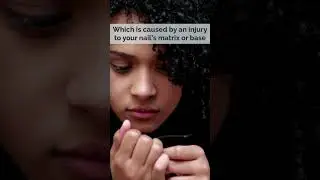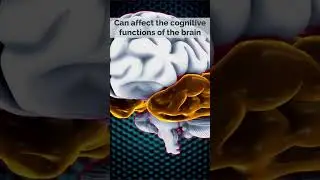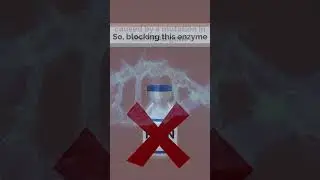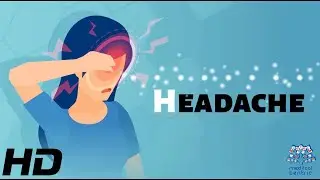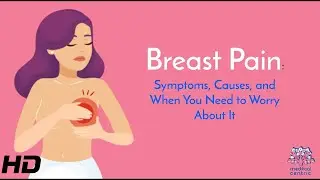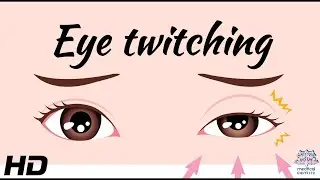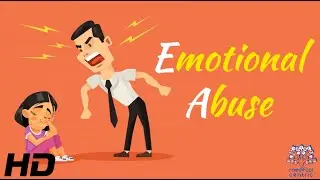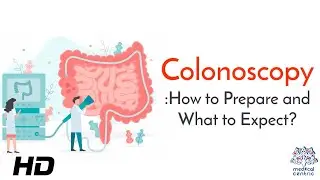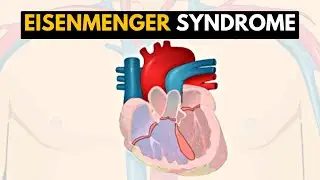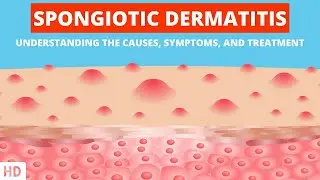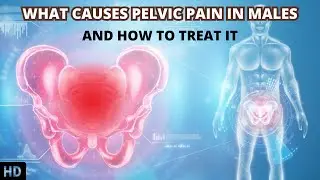Understanding Tic Disorders in Children: A Guide for Parents
Medical Centric Recommended : (Affiliate Links)
Thermometer ➝ https://amzn.to/48etrFS
Blood pressure machine ➝ https://amzn.to/465qJkN
Oximeter ➝ https://amzn.to/465jKHO
Bandage wrap or medical tape ➝ https://amzn.to/465qYfH
Gauze rolls ➝ https://amzn.to/3PapHws
Sanitizer -. https://amzn.to/3Pgytcg
Alcohol prep pads ➝ https://amzn.to/3rmcAjI
Breast pump ➝ https://amzn.to/3LpggIl
Baby’s thermometer ➝ https://amzn.to/3LoZFEG
Toilet seats with handle ➝ https://amzn.to/465jTuQ
Walker/ handicap scooters ➝ https://amzn.to/44Mb4VW
Sticks ➝ https://amzn.to/3t0aO8n
Weight machine ➝ https://amzn.to/48hDcDa
Ice packs ➝ https://amzn.to/3LoJJlT
Splint ➝ https://amzn.to/3EBh0GL
Waterproof bed pads ➝ https://amzn.to/3Rm5qGN
Stethescope ➝ https://amzn.to/3Rlxev3
Pill organizer ➝ https://amzn.to/3PCwdgV
Massage chair or massage related products ➝ https://amzn.to/3rcrsRS
Compression socks ➝ https://amzn.to/465r8DP
Knee brace/stabilizers ➝ https://amzn.to/45Qk1ii
______________________________________________________________
Understanding and Addressing Tic Disorders in Children
*Introduction*
Tic disorders in children are frequently overlooked, often mistaken for behavioral issues or dismissed as temporary quirks. However, early recognition and intervention are crucial in managing these conditions effectively.
*What Are Tic Disorders?*
Tic disorders, including Tourette Syndrome, are characterized by sudden, repetitive movements or sounds that are difficult to control. These can be motor tics, such as blinking or jerking, or vocal tics, like grunting or repeating words.
*Why Are Tic Disorders Overlooked?*
Many parents and educators may not be familiar with tic disorders, leading to misinterpretation of symptoms. Tics often fluctuate in severity and may be mistaken for attention-seeking behavior or anxiety. The stigma associated with neurological disorders can also contribute to underreporting.
*Signs to Look For*
Parents and teachers should watch for repetitive, involuntary movements or sounds that persist over time. Tics may increase with stress, excitement, or fatigue, and often diminish during focused activities.
*Impact on Children*
Tic disorders can affect a child’s self-esteem, social interactions, and academic performance. Without understanding and support, children may feel isolated or be subjected to bullying.
*Getting a Diagnosis*
If you suspect your child has a tic disorder, consult a pediatric neurologist. A thorough evaluation will include a medical history, observation of tics, and possibly other tests to rule out related conditions.
*Treatment and Support*
Treatment may include behavioral therapy, medications, or a combination of both. Cognitive Behavioral Therapy (CBT) and Habit Reversal Training (HRT) have proven effective in helping children manage tics. Support from family, teachers, and peers is essential in reducing the child’s stress and improving their quality of life.
*Conclusion*
Tic disorders in children are often misunderstood and overlooked, but with awareness and early intervention, children can lead fulfilling lives. Educating parents, teachers, and peers about these conditions is key to providing the necessary support and understanding.
*Call to Action*
If you notice signs of tics in your child or student, don’t hesitate to seek professional advice. Early recognition can make a significant difference in managing tic disorders effectively.

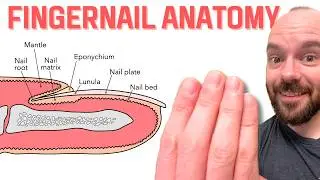

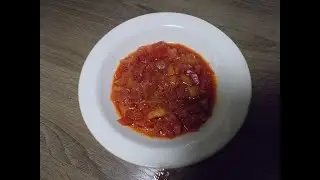


![[ ROYALTY FREE MUSIC ] Dead Tubes Foundation - Seagull](https://pics.providosiki.ru/watch/vc5YD2FQq5I)

